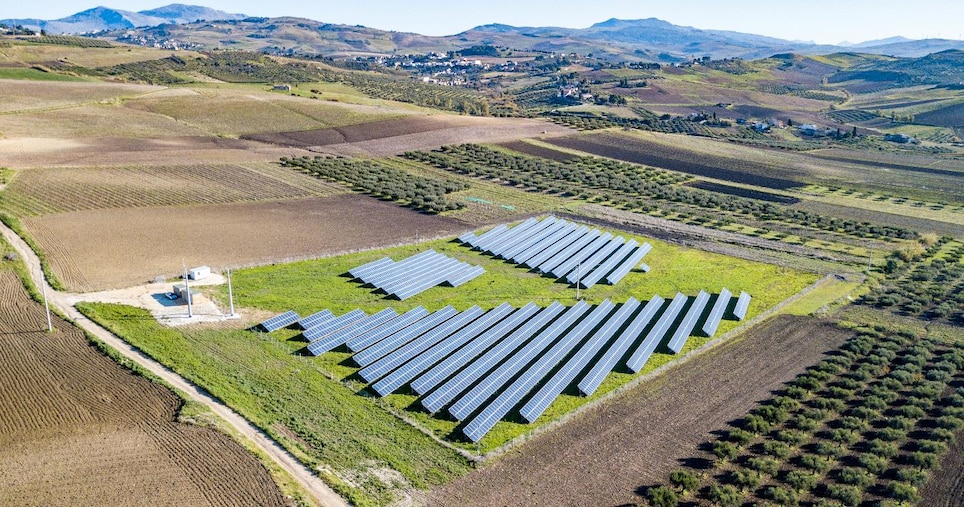Listen to the audio version of the article
The growth of renewables continues in Italy: in 2023, at historic highs +87% compared to the previous year, with the contribution of +345% of upgrades on existing plants and +77% of new installations. The driving force is photovoltaics, with 92% more installed power, but with very limited growth in utility scale systems. These are some data released by the Fer Observatory (Renewable Energy Sources), created by Anie Rinnovabili, an association of Anie Confindustria, on the basis of Terna’s Gaudì data, from which it also emerges that in the last calendar year renewable sources were installed for a total of 5,677 MW, of which 5,234 MW for photovoltaic, 487 MW for wind, 41 MW for bioenergy, while in contrast the hydroelectric sector scores – 85 MW (116 MW decommissioned compared to 31 MW of new installations).
Objectives for 2030
Despite the excellent result achieved in 2023 and the consolidated growth trend in the three-year period 2021-2023, Italy is however far from the objective of 9 GW per year of new renewable power to be installed, a growth rate that would allow it to reach the 140 GW of total installed capacity by 2030 necessary for the emissions cuts required by Europe. Even further from the commitment, signed during the last G7 on the Environment, to triple its capacity, therefore reaching around 200 GW again in 2030.
The delays
«The sector is also not supported by an adequate regulatory framework», writes Anie Rinnovabili in a note: out of 39 implementing measures, 17 have yet to be issued and among these some of the most relevant measures: these are the decrees relating to the identification of suitable areas onshore and offshore, the burden sharing decree, the Ministerial Decree Fer Measures that have accumulated a delay of approximately 2 years. Added to these are further measures expected by the sector, such as: the GSE operating rules and the Crea-GSE guidelines on agrivoltaics, the Industry 5.0 decree together with the Enea register for the registration of the efficiencies of the modules and cells of European producers and Terna’s platform to decongest the network from requests for outdated or dormant connections.
Permissions
“It’s no better for the simplifications of the authorization processes for utility-scale systems: expectations have not been met”, adds the association. Although the Ministry of the Environment has authorized the plants, they have not received authorization from the Ministry of Culture. The panorama is further darkened by the position of some Regions which have issued their own provisions, in some cases in opposition to the suitable areas established by national legislation such as Legislative Decree 199/2021 transposing the European directive on renewable sources. An action implemented by the Regions while awaiting the decree containing the criteria for identifying suitable onshore and offshore areas and the division of the 2030 objectives between the Regions and Autonomous Provinces which is slow in arriving. Last but not least, the difficulties of coordinating and governing the energy transition; the explosion of connection requests and authorization processes which would require strategic planning that gives strong and clear signals to the market. Anie Rinnovabili’s hope is therefore that elements of greater clarity and greater certainty can be acquired, so that the renewable sources supply chain can continue on its path of solid growth and contribute to achieving the decarbonisation that the country needs.
Storage systems
As regards storage systems, necessary and connected to renewables, in 2023 all Regions consolidated a positive sign compared to 2022 in terms of number of installations, equal to 287,707 units for a power of 2,022 MW and a capacity of 3,836 MWh. In line with the growth of RES, there is an increase in photovoltaic systems with a power exceeding 1 MW which are being equipped with storage systems with 17 installations in 2023, equal to 750% compared to 2022. Installations of capacity are also increasing above 1 MWh (+75%), with 11 systems, of which 2 units with a capacity of 67 MWh each and a duration of 2.5 hours.
